There has been extraordinarily little bright sunlight in the far northwest corner of Britain over the past year. Damp, drizzling summer, an endless sequence of howling autumnal gales and downpours, a muddy dismal winter. Then at the beginning of February, by some accounts traditionally a season for good weather in northern Scotland, a series of brilliant sparkling days arrived unannounced. While the rest of the country shivered and dripped, the sun in the north bounced off the sea, the hills were brilliant with deep snow, the night sky was clear and starry, northern lights pulsing on the horizon and the moon bright enough to read by.
Enough to turn anyone’s fancy to Gerard Manley Hopkins. And this is what happens to Ann Wroe. Walking on the Sussex Downs, she observes the effects of light on the world around her, contemplates its source, its nature, its qualities and ponders how others have analysed it, observed and recorded it in words, on paper and canvas, even translated it into music. Taking a notebook out of her rucksack she records, Hopkins-style, particular moments that strike her most forcibly and sometimes she makes a whole poem of them.
This book gathers up these and other meditations, drawing on her own experience and on the great observers of nature — John Clare, Coleridge and Wordsworth, Gilbert White, Walt Whitman, Henry David Thoreau, W.H. Hudson, the now little-known Victorian Richard Jeffries and, above all, Hopkins. To these, and many others, she adds the most luminous of native painters — Samuel Palmer, William Blake, Turner and her abiding Sussex genius, Eric Ravilious. She calls in Empedocles, Hermes Trismegistus, the Muslim polymath Al-Kindi, Newton, Galileo, Einstein, Clerk Maxwell, Goethe and Messaien, and weaving together their theories, observations and calculations into six ‘facets’, corrals this huge subject more or less into a coherent shape.
From the white chalk paths in a Ravilious watercolour illuminated by the absence of paint on paper to the numinous angels in San Marco; the ‘blissful sight’ to Chaucer of the light-sensitive daisy which ‘softneth all my sorwe’ to Hopkins’s ‘dapple-dawn-drawn falcon’; from Newton’s prisms to Goethe’s colour theory, from Genesis to the inner light, the ‘invisible Sun within us’, this is an assortment of bits and pieces collected and written about with an intensely personal fervour.
As such it treads the narrowest path between lyricism and overwriting, and almost inevitably, sometimes falls off. From dewdrops on spiders’ webs and heartsease in fields of rape, it’s a small step to whiskers on kittens, but if these sorts of essays are a huge self-indulgence, it’s a self-indulgence that bravely lays the writer bare and offers up a host of treasures, some of which will resonate and stick and become part of the reader’s own armoury of images and anecdotes.
It’s hard to resist the picture of John Clare falling asleep outside on a cold autumn night and waking to find the whole right side of himself covered in frost. ‘His one side,’ as Ann Wroe has it, ‘fustian brown, beer-stained and worn, the other dazzling white’. Or Blake’s altercations with the Archangel Gabriel on the merits of Michelangelo as a painter of angels:
‘How do you know?’ Blake asked. ‘I know, for I sat for him,’ Gabriel snapped back.
Who wouldn’t want to know that in 1638 the young Milton met the aged Galileo, blind in his right eye, his left ‘rendered null by continual weeping’. Or that in 1983 the standard measurement of the metre was established as the distance travelled by light in one 299,792,458th of a second. ‘By that minute fraction of the track of light,’ as Wroe says, ‘the draper’s assistant deals out tape.’ Or that the poet George Herbert longed to be an orange tree: ‘Then should I ever laden be,/ And never want/ Some fruit for him that dressed me.’
There are wonderful pickings in this allusive, largely Christo-centric book. Drawing in the main on English literature and painting, Wroe digs out gems from a cultural landscape that is broadly familiar to the British reader. Some omissions come as a surprise — and one of the charms of this book is that it makes you think outside its covers. Thankfully, she gives Holman Hunt’s ‘Light of the World’ a miss, but no place for Henry Vaughan’s ‘I saw Eternity the other night’?
It throws up some intriguing oddities too. I wonder if any other reader is puzzled by the mention of the two fields at West Dean in Sussex, named Lampland and Tapersland, which ‘were farmed in the 14th century to provide candles for the tomb of Isabella Heringod’. Rush lights perhaps? And it’s as well to know that you ‘cannot eat’ the fruit of the hawthorn, as my foragers’ cookbook has a number of recipes for hawthorn salad.
Got something to add? Join the discussion and comment below.
Get 10 issues for just $10
Subscribe to The Spectator Australia today for the next 10 magazine issues, plus full online access, for just $10.
Available from the Spectator Bookshop, £21.00. Tel: 08430 600033
You might disagree with half of it, but you’ll enjoy reading all of it. Try your first month for free, then just $2 a week for the remainder of your first year.

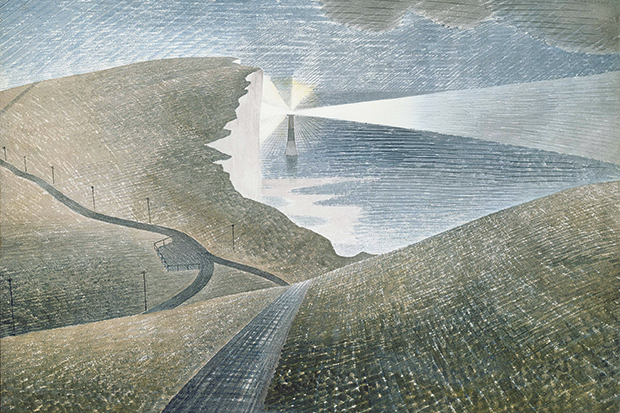
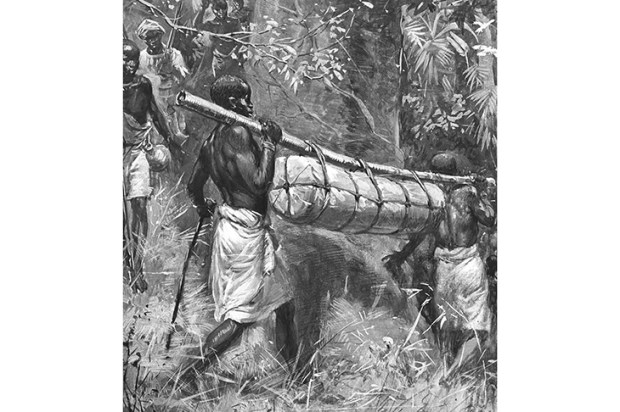

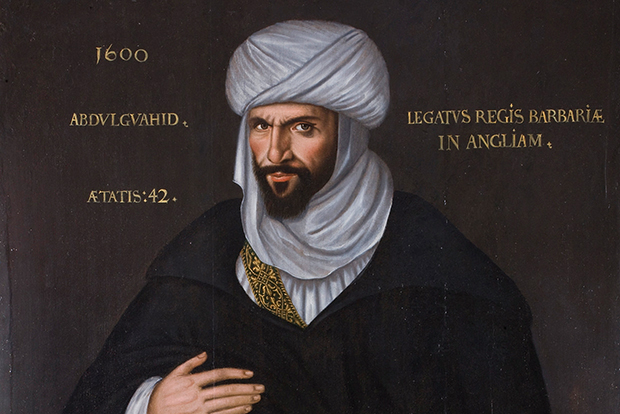
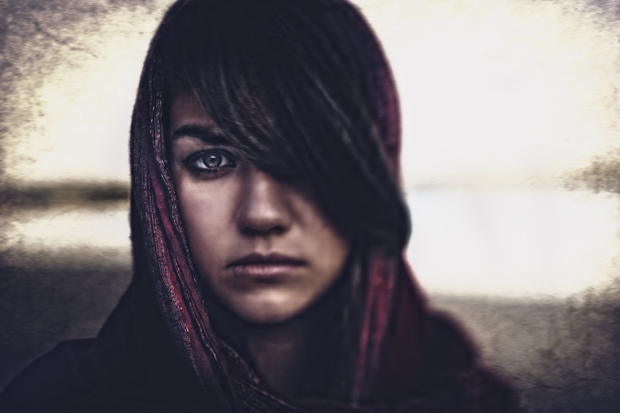
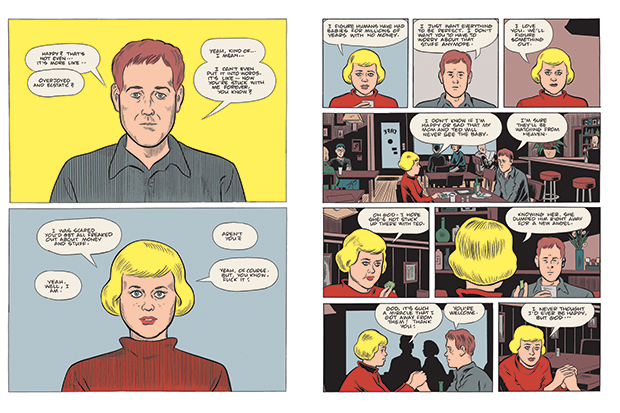
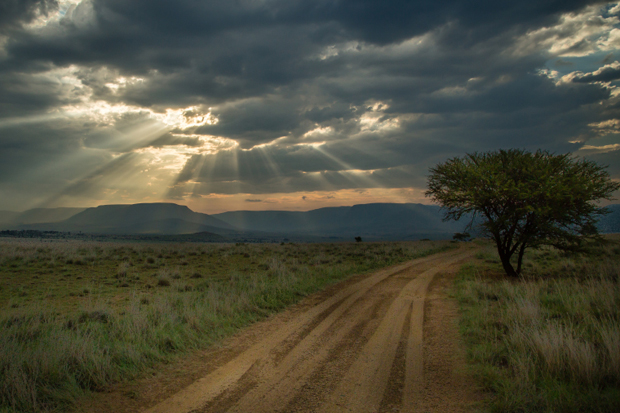






Comments
Don't miss out
Join the conversation with other Spectator Australia readers. Subscribe to leave a comment.
SUBSCRIBEAlready a subscriber? Log in